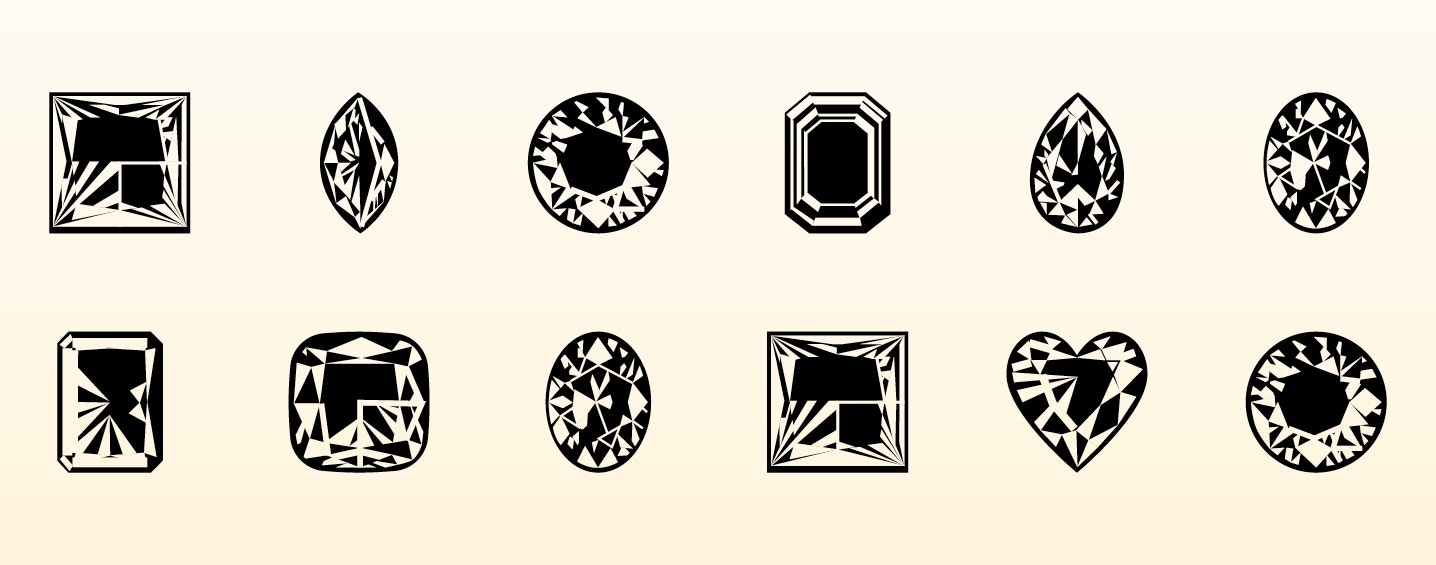Diamond cut is arguably the most critical of the 4 Cs (Cut, Color, Clarity, Carat) when it comes to a diamond’s beauty.
What is Diamond Cut?
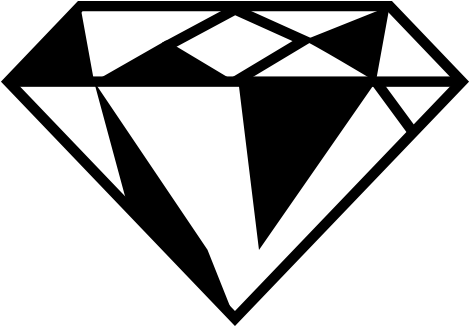

While many think of cut as the shape (round, oval, princess), it actually refers to how well a diamond’s facets interact with light. The precision of the cut determines the diamond’s sparkle, brilliance, and overall visual appeal.
A well-cut diamond can appear larger, more vibrant, and even mask some of the imperfections in clarity and color. It is the cut that brings a diamond to life, transforming a rough stone into a shimmering masterpiece. The facets of a diamond must be cut and polished to precise proportions and angles to maximize light reflection, creating that signature sparkle.
The Anatomy of a Diamond Cut
A diamond’s cut is graded on a scale from Excellent to Poor, with several factors influencing this rating:
- Brilliance: The total light reflected from a diamond.
- Fire: The dispersion of light into the colors of the spectrum.
- Scintillation: The amount of sparkle a diamond produces, and the pattern of light and dark areas caused by reflections within the diamond.
Diamond cut grades are a critical factor in determining a diamond’s overall beauty, brilliance, and value.
These grades are established based on how well a diamond’s facets interact with light. The main cut grades, as defined by the Gemological Institute of America (GIA), range from Excellent to Poor.
- Excellent: Diamonds with an Excellent cut grade reflect almost all light that enters the diamond, creating exceptional brilliance and sparkle. The proportions and angles are perfectly aligned to maximize light performance.
- Very Good: Diamonds with a Very Good cut grade reflect most of the light that enters the diamond. They offer excellent brilliance and sparkle, though slightly less than Excellent cut diamonds.
- Good: Diamonds with a Good cut grade reflect a significant amount of light, offering good brilliance and sparkle. While not as brilliant as Excellent or Very Good cuts, they provide a good balance between beauty and value.
- Fair: Diamonds with a Fair cut grade reflect some light, but much of it escapes through the sides or bottom. These diamonds have noticeably less brilliance and sparkle compared to higher cut grades.
- Poor: Diamonds with a Poor cut grade reflect very little light, resulting in minimal brilliance and sparkle. These diamonds have poorly proportioned cuts, causing significant light leakage.


THE IDEAL CUT
The ideal cut is designed to maximize the diamond’s light performance.
For round diamonds, this involves specific measurements for table size, crown angle, and pavilion depth. Non-round shapes, such as princess or emerald cuts, also have ideal proportions but vary from the round standard.
SHAPES AND THEIR CUTS
While round diamonds are the most popular due to their superior light performance, other shapes each offer unique qualities.
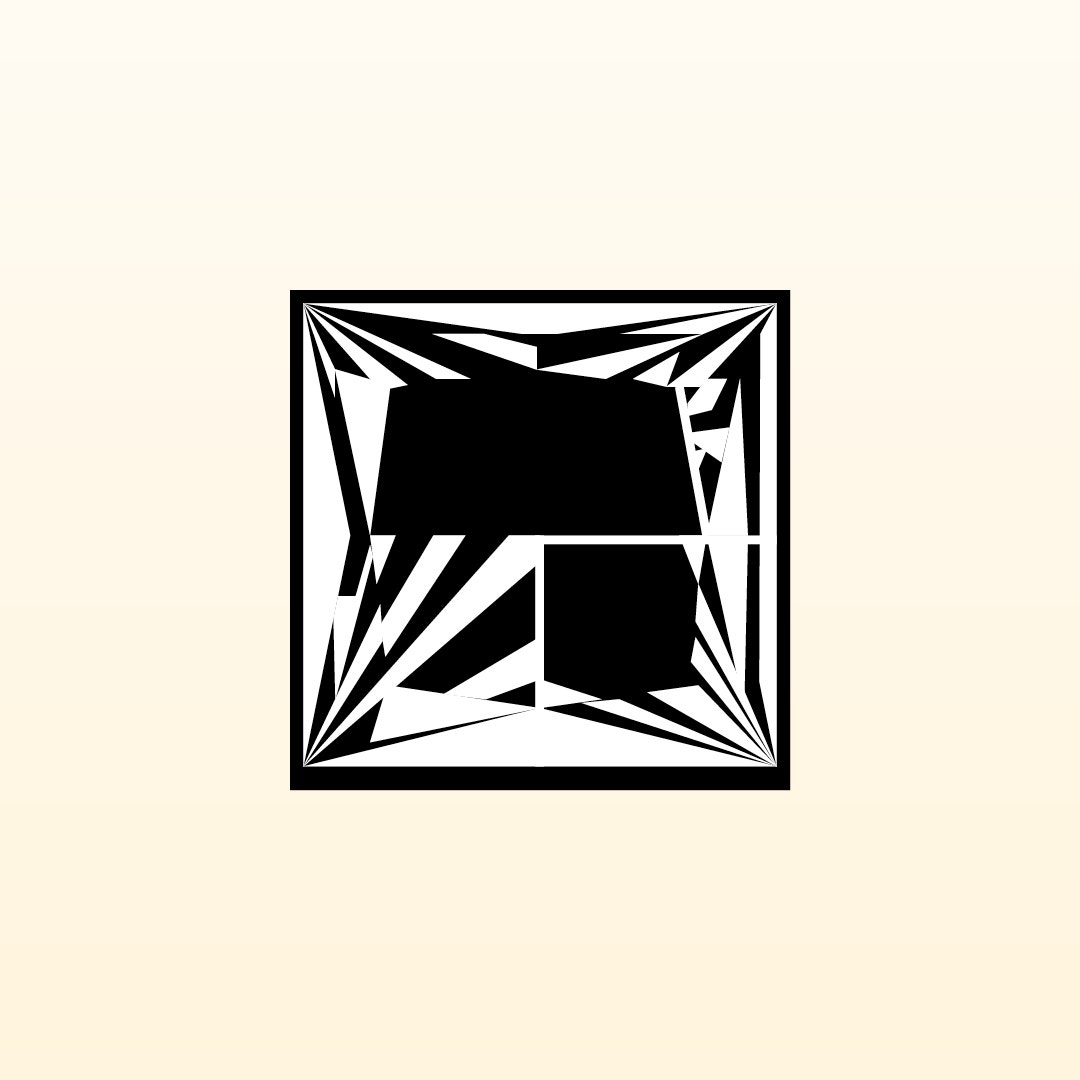

Princess
Brilliant and contemporary
with sharp, uncut corners.
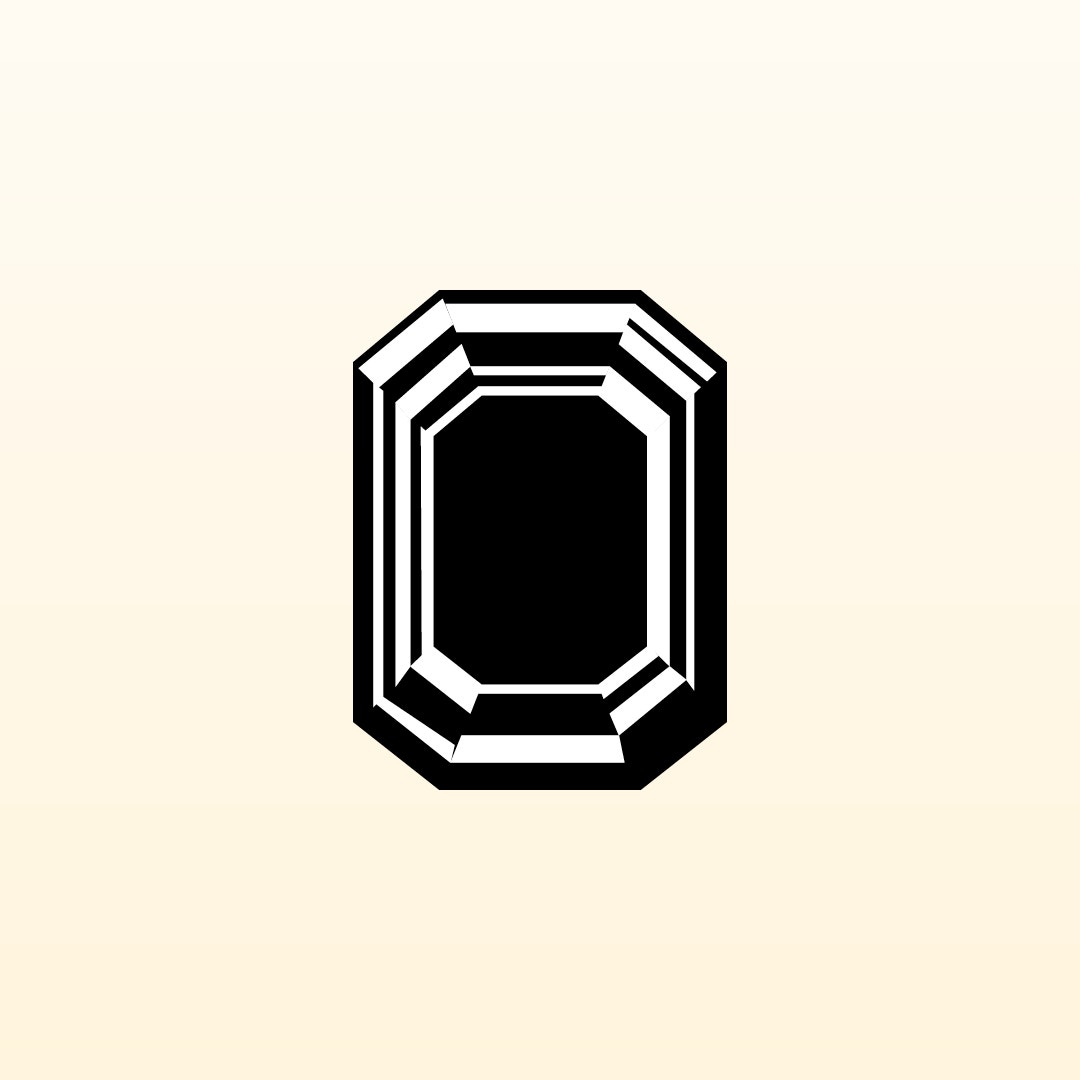

Emerald
Elegant with a vintage feel,
featuring a step-cut.


OVAL
Elongated shape that enhances
the perceived size.
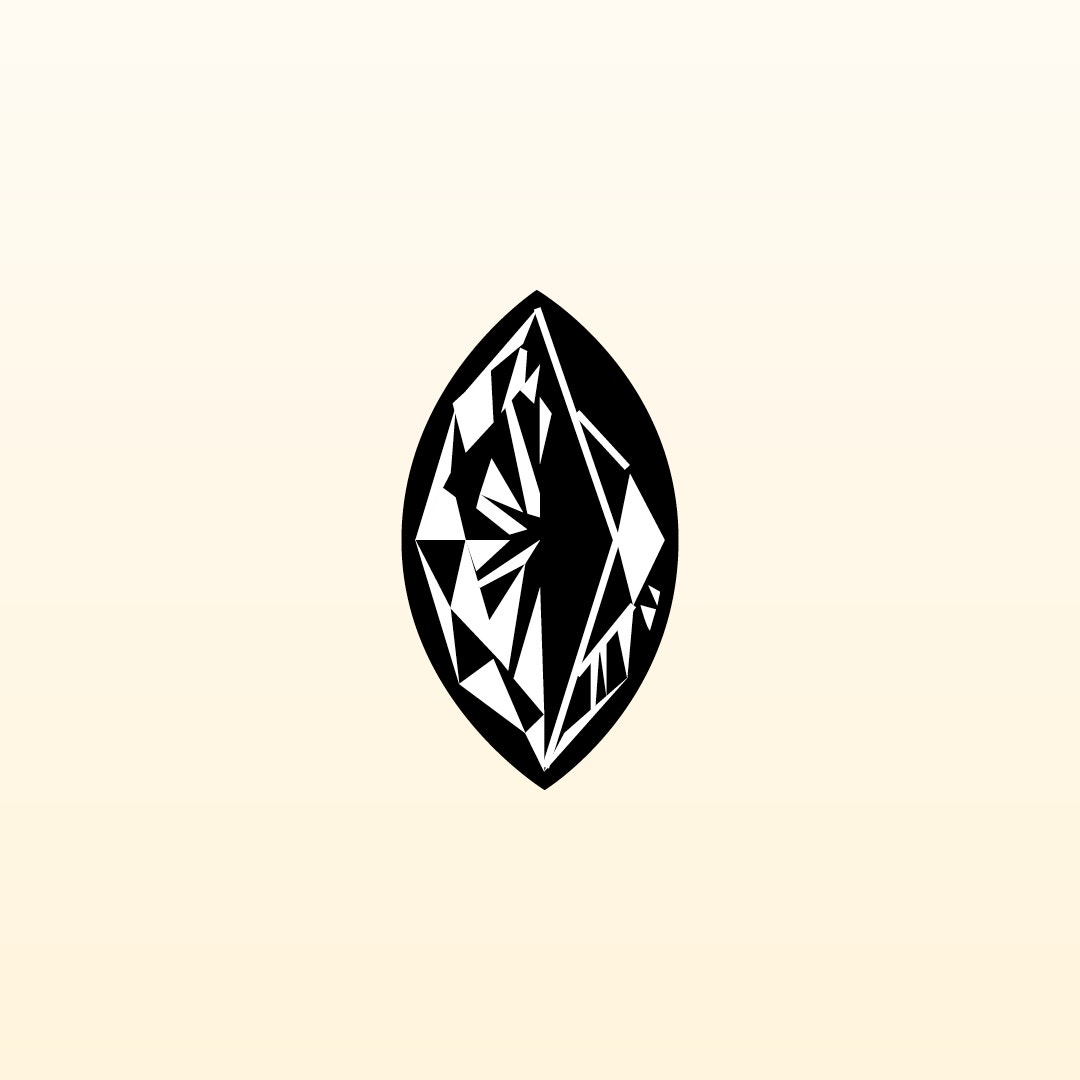

Marquise
Football-shaped, maximizing carat weight and giving an elongated appearance.
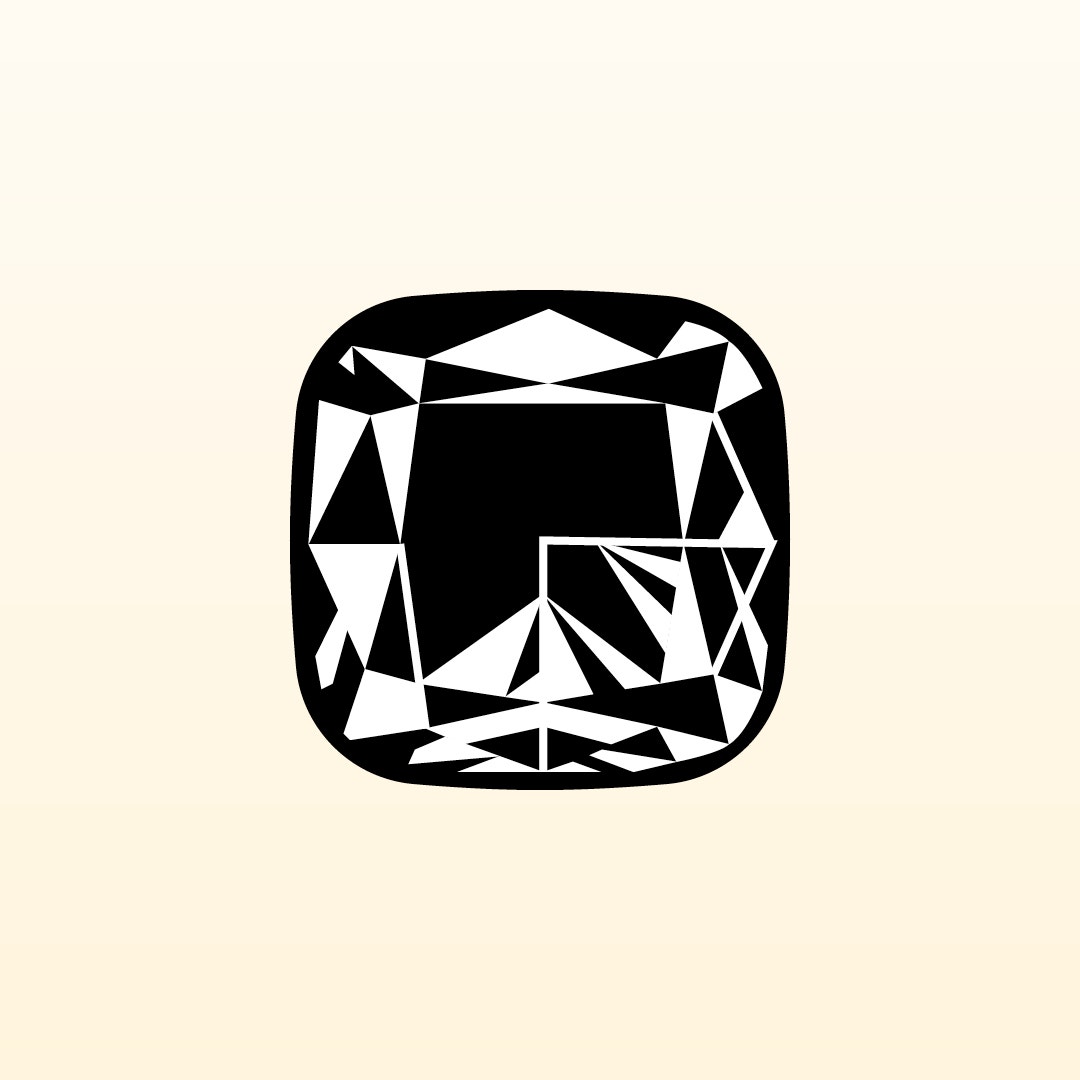

Cushion
Rounded corners and large facets, combining a classic and modern look.
The cut is the most critical factor in determining a diamond’s beauty. A well-cut diamond captivates the eye with its brilliance making it a timeless treasure. Whether you’re choosing a diamond for an engagement ring or a special piece of jewelry, our expert team can help you in understanding the importance of cut and find the perfect option for you!





